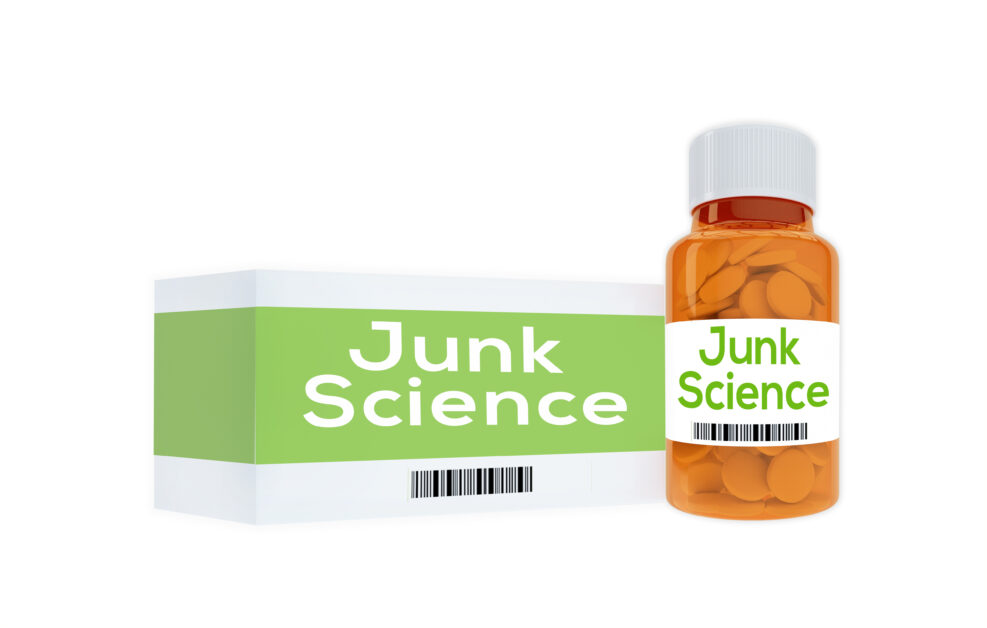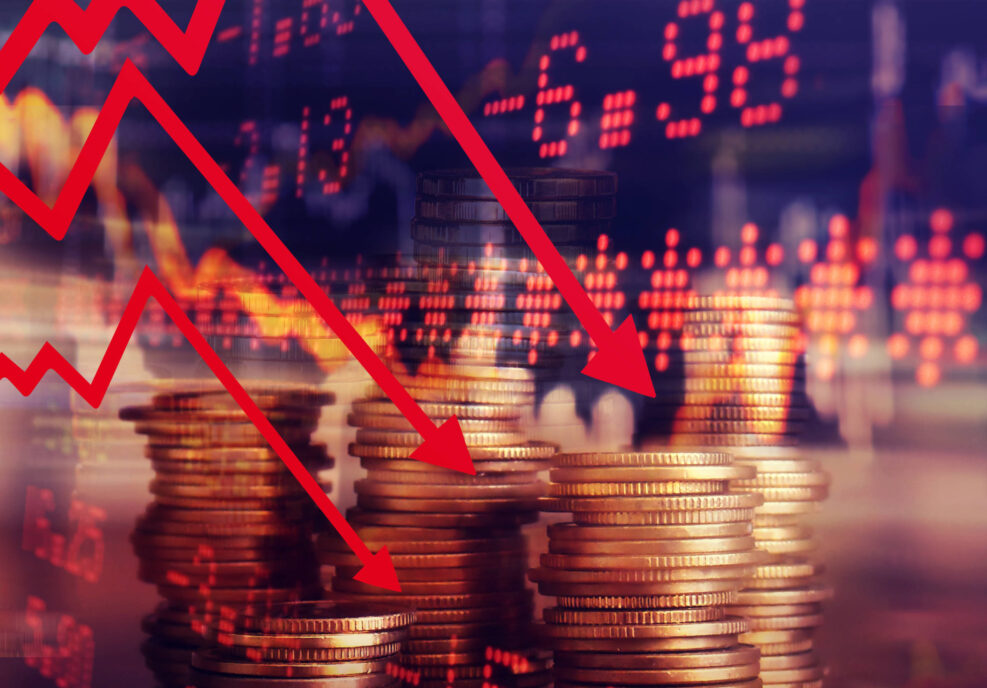
The British Medical Journal’s Top Picks in Offbeat Medical Science
In its legendary Christmas edition, the Journal highlights interesting findings that are often junk scienceThe British Medical Journal (BMJ) is one of the world’s oldest and most prestigious medical journals. Each Christmas, they take time off from the usual dry academic papers and publish studies that are noteworthy for their originality: “We don’t want to publish anything that resembles anything we’ve published before.” Although the papers are unusual, BMJ’s editors state that: While the subject matter may be more light-hearted, research papers in the Christmas issue adhere to the same high standards of novelty, methodological rigour, reporting transparency, and readability as apply in the regular issue. Christmas papers are subject to the same competitive selection and peer review process as regular papers. The articles are often goofy, and four have won the dreaded satiric Read More ›



















